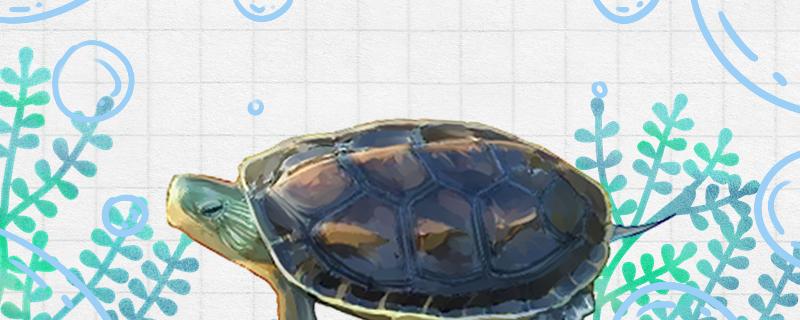
in the wild has decreased significantly. The Chinese flower turtle is also called the flower turtle, the spotted turtle and the pearl turtle. It is a highly aquatic reptile of the family Tidophoridae. There are black spots on the ventral surface of the marginal shield of the young tortoise, just like pearls, so it is called pearl tortoise.
This turtle prefers to live in low-altitude waters, such as canals, ponds, streams and other slow-flowing rivers. The Chinese flower turtle is an omnivorous animal, which can eat fish, shrimp and plants in the water. They are docile, do not like fighting, and do not bite. Their ability to adapt to the environment is general, but their vitality is very tenacious.
of the Chinese tortoise? The carapace of the Chinese tortoise has three edges, the whole shell is oval, and the head has many patterns. Their carapace is about 20 centimeters long and 16 centimeters wide. There are bright green and black patterns on the head, neck and limbs. Their heads are relatively small, and the top of their heads is smooth and scaleless. Young tortoise shells are light grey-green, and adult tortoise shells turn brown. The three edges on the turtle's shell will gradually become one as they grow up. Their plastrons are brownish yellow. Males have darker, blacker shells and thicker, longer tails than females.